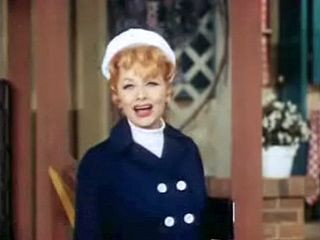
Television During the 1960s: A Decade of Change
The 1960s marked a significant turning point for television programming in the United States. While the decade began with rural comedies and variety shows dominating the airwaves, by the end of the 1960s, a shift towards more diverse and socially relevant content was underway. This transformation was driven by changing advertiser demographics, evolving audience preferences, and a growing awareness of the cultural and political upheavals of the time.
The Rural Purge and the Rise of Relevance
CBS, the leading network in the 1960s, spearheaded this programming revolution. Despite high ratings for shows like The Jim Nabors Hour, Mayberry R.F.D., and Hee Haw, CBS cancelled these rural comedies in the early 1970s. Even popular shows like The Beverly Hillbillies and Green Acres were axed, effectively eliminating the rural comedy genre from the network’s lineup.
This dramatic shift was preceded by the gradual introduction of more diverse programming, particularly on NBC. Shows like The Bill Cosby Show, Julia, and The Flip Wilson Show featured African Americans in leading roles, breaking away from the stereotypical portrayals of the past. Rowan and Martin’s Laugh-In, following in the footsteps of The Smothers Brothers Comedy Hour, injected contemporary social and political commentary into the variety show format. Dramas like The Mod Squad, The Bold Ones, and The Young Lawyers tackled timely social issues within established genres. Furthermore, 60 Minutes, debuting in 1968, pioneered the modern newsmagazine format in prime time.
Targeting a Youthful Audience
While 60 Minutes achieved enduring success, many of these innovative programs were off the air by the mid-1970s. However, they foreshadowed the future of television. CBS recognized a crucial industry trend: advertisers were increasingly focused on demographics, particularly the young, highly consumptive audience more susceptible to advertising. This demographic was also deeply engaged with the social and political changes of the era.
 Lucille Ball in The Lucy Show
Lucille Ball in The Lucy Show
The disconnect between television programming and the realities of 1968 was stark. While events like the assassinations of Martin Luther King Jr. and Robert F. Kennedy, campus unrest, and the Tet Offensive unfolded, popular shows like Gomer Pyle, U.S.M.C. and Mayberry R.F.D. presented idealized, escapist portrayals of American life. Shows like Here’s Lucy and Gunsmoke, while successful, felt increasingly out of touch with younger viewers. Meanwhile, youth-oriented programs like NBC’s Laugh-In thrived.
The Dawn of a New Era
Recognizing this trend, CBS made the bold decision to cancel numerous hit shows and revamp its prime-time schedule. This unprecedented move ushered in a new era of television that reflected the complexities of the “real world.” Within a few years, prime time was transformed. Shows like All in the Family, The Mary Tyler Moore Show, and M*A*S*H tackled social and familial issues with unprecedented candor, forever changing the landscape of television. The 1960s, therefore, represent a pivotal period in television history, a decade where the medium began its evolution from escapism to a reflection of contemporary society.








